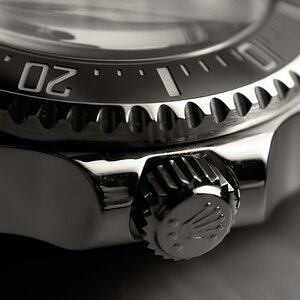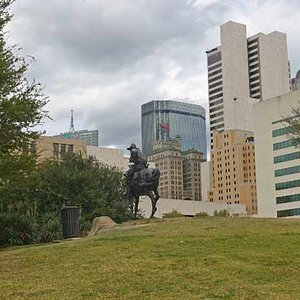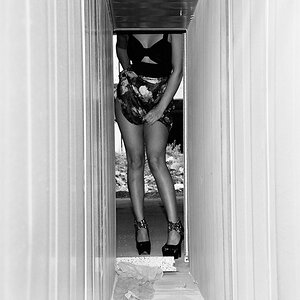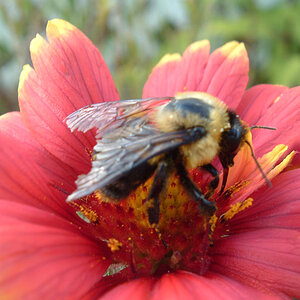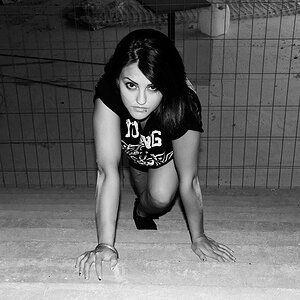supercool2
TPF Noob!
- Joined
- Jun 1, 2013
- Messages
- 109
- Reaction score
- 13
- Location
- United States
- Can others edit my Photos
- Photos NOT OK to edit
HI, maybe I asked the wrong question above in my title. But here is my issue:
I had this problem with every zoom/telephoto lens I have tried so far. I tried a 18-200mm lens (kit lens,so higher apurter #'s), a Tamron 70-200 2.8 ,and now a nikon 70-300(higher aperture #'s (4-5.6 I believe) is doing the same thing. It still didn't matter with the 2.8 lens either.
When I try to get a picture of a person,pet,or thing from far away, and then zoom in up to their face/body in my ViewNX 2 program (I don't have photoshop,and can't figure out lightroom) , it is very grainy/not sharp on the computer (or even on the camera's screen). I am going to post some examples. The first I took in manual or user 1 mode. The second of my Dog was taken in fully auto and I never used auto before today. I did fully auto to see if it was something I was doing wrong, and maybe the camera would get right.
I noticed when I am MUCH closer to the subject distance wise, I don't have much of a problem with getting the picture sharp, especially when flash is used. But I thought the whole reason for a telephoto was get pictures of far away things. And at the distance I'm using, the flash wouldn't work (about 50 feet+) .
So far the only lenses I have been happy with in terms of sharpness, are my 50mm (and I don't use that one hardly ever anymore) and 85mm 1.8 . I LOVE my 85mm 1.8. I can use that lens at f6+ and the picture comes out to my satisfaction nice and crisp as if it were 1.8. So it's not just the lower fstop #'s on it. I'll also include 2 pictures from my 85mm to show how clear the people's faces are. One at f1.8 and one at f6.7
Well,doing it fully auto didn't make a difference. These first two are straight out of the camera. The only thing to first two was convert to jpeg to resize so they would fit in my post here. Those are from the 70-300 lens.
View attachment 53384View attachment 53385
These two, I can zoom/magnify to x1.0-x2.0 in the viewnx 2 program to get a closer look, and the eyes and everything is still crisp&clearer than the above two pictures.
pictures from 85mm I only edited in the viewnx 2 program, but minor things like lowering exposure,sharpening, etc..
View attachment 53386
View attachment 53387
I had this problem with every zoom/telephoto lens I have tried so far. I tried a 18-200mm lens (kit lens,so higher apurter #'s), a Tamron 70-200 2.8 ,and now a nikon 70-300(higher aperture #'s (4-5.6 I believe) is doing the same thing. It still didn't matter with the 2.8 lens either.
When I try to get a picture of a person,pet,or thing from far away, and then zoom in up to their face/body in my ViewNX 2 program (I don't have photoshop,and can't figure out lightroom) , it is very grainy/not sharp on the computer (or even on the camera's screen). I am going to post some examples. The first I took in manual or user 1 mode. The second of my Dog was taken in fully auto and I never used auto before today. I did fully auto to see if it was something I was doing wrong, and maybe the camera would get right.
I noticed when I am MUCH closer to the subject distance wise, I don't have much of a problem with getting the picture sharp, especially when flash is used. But I thought the whole reason for a telephoto was get pictures of far away things. And at the distance I'm using, the flash wouldn't work (about 50 feet+) .
So far the only lenses I have been happy with in terms of sharpness, are my 50mm (and I don't use that one hardly ever anymore) and 85mm 1.8 . I LOVE my 85mm 1.8. I can use that lens at f6+ and the picture comes out to my satisfaction nice and crisp as if it were 1.8. So it's not just the lower fstop #'s on it. I'll also include 2 pictures from my 85mm to show how clear the people's faces are. One at f1.8 and one at f6.7
Well,doing it fully auto didn't make a difference. These first two are straight out of the camera. The only thing to first two was convert to jpeg to resize so they would fit in my post here. Those are from the 70-300 lens.
View attachment 53384View attachment 53385
These two, I can zoom/magnify to x1.0-x2.0 in the viewnx 2 program to get a closer look, and the eyes and everything is still crisp&clearer than the above two pictures.
pictures from 85mm I only edited in the viewnx 2 program, but minor things like lowering exposure,sharpening, etc..
View attachment 53386
View attachment 53387




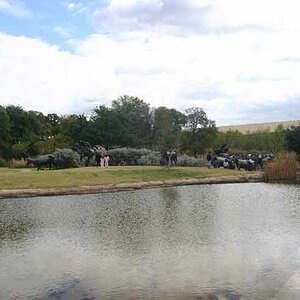
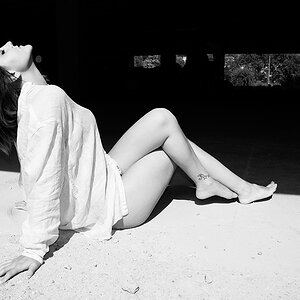
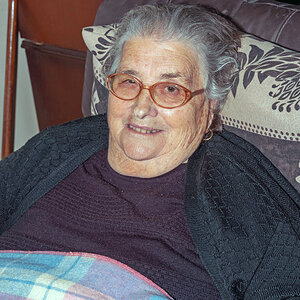
![[No title]](/data/xfmg/thumbnail/37/37245-5f15b292311b21913f10cc41f40682ba.jpg?1619737952)
